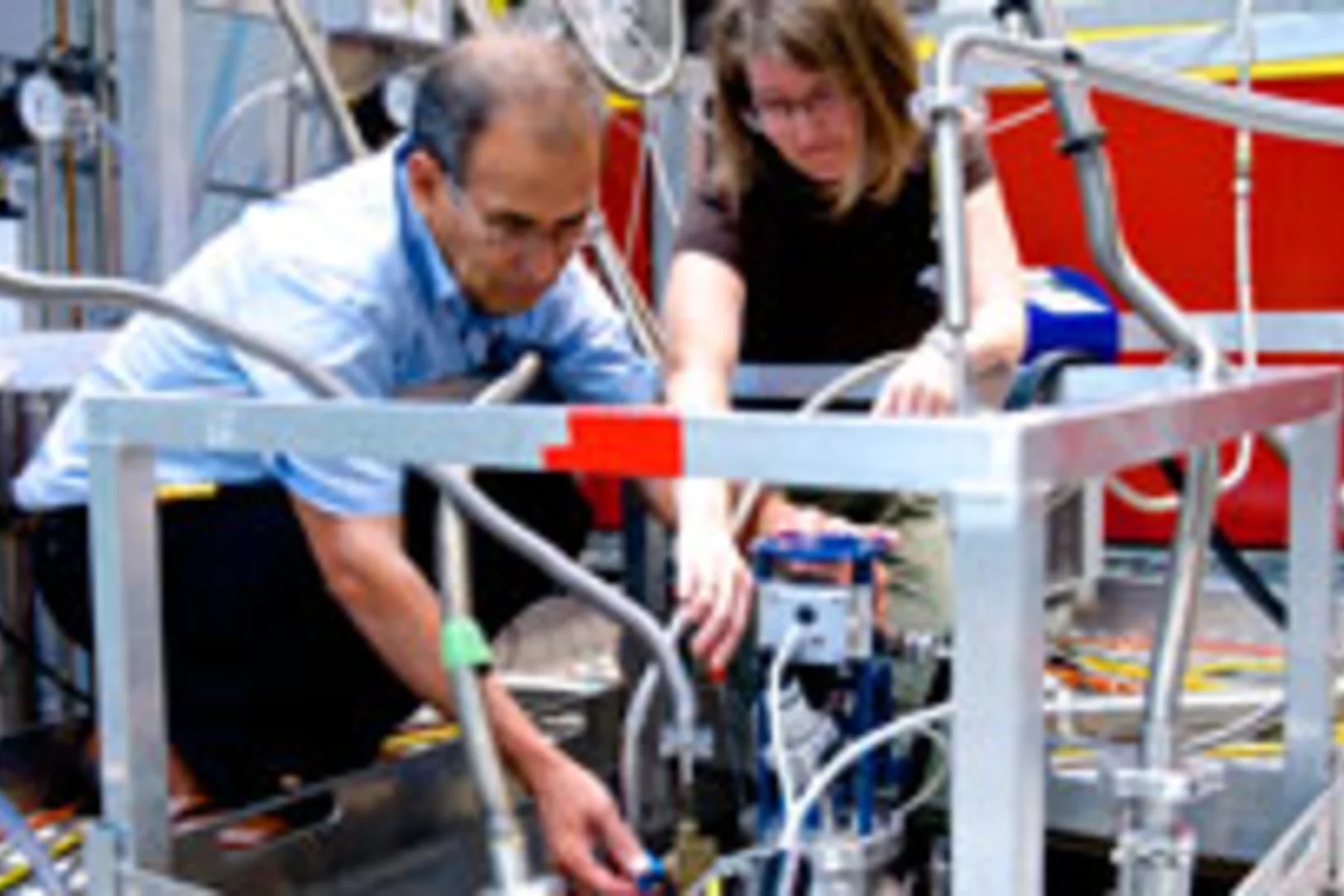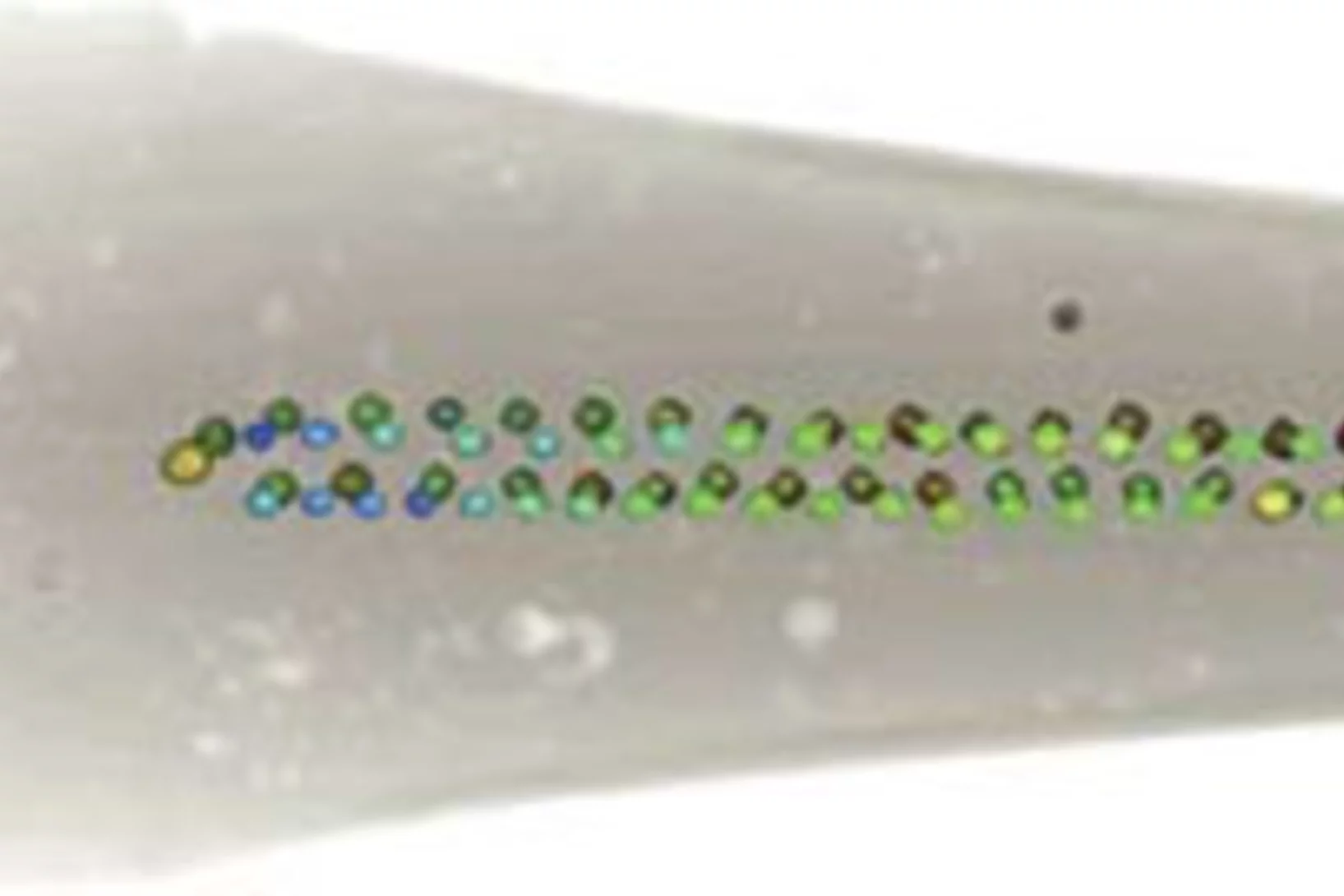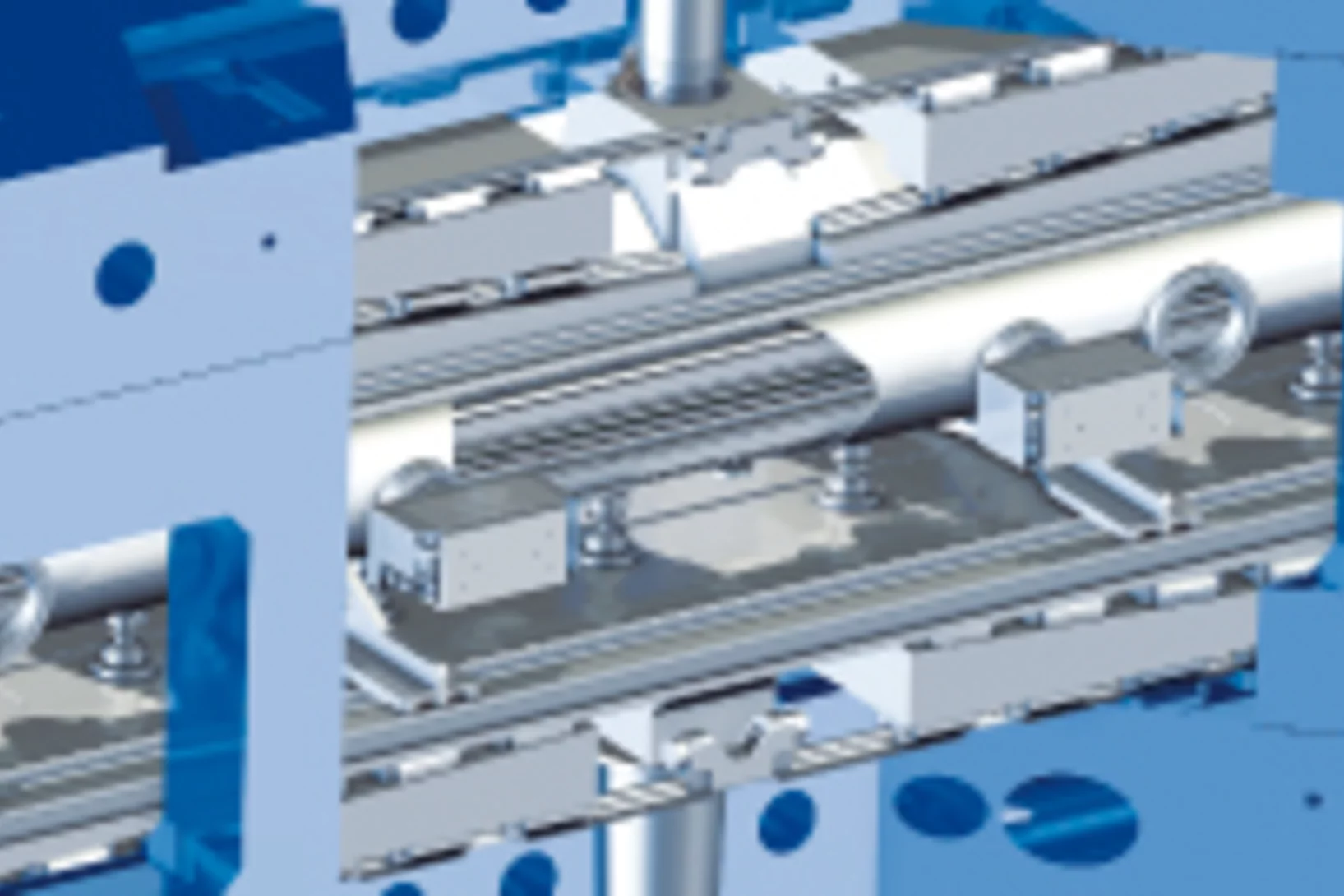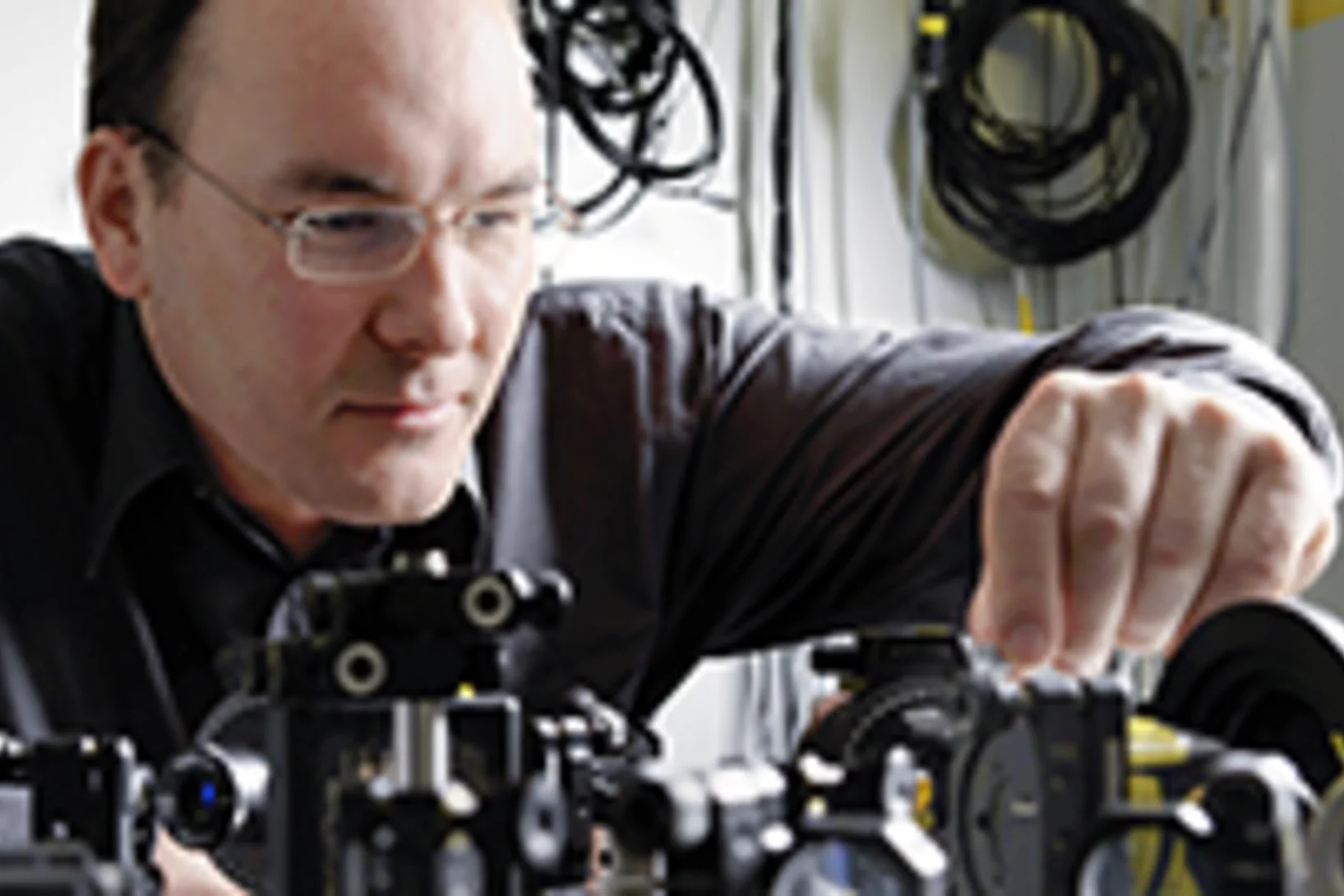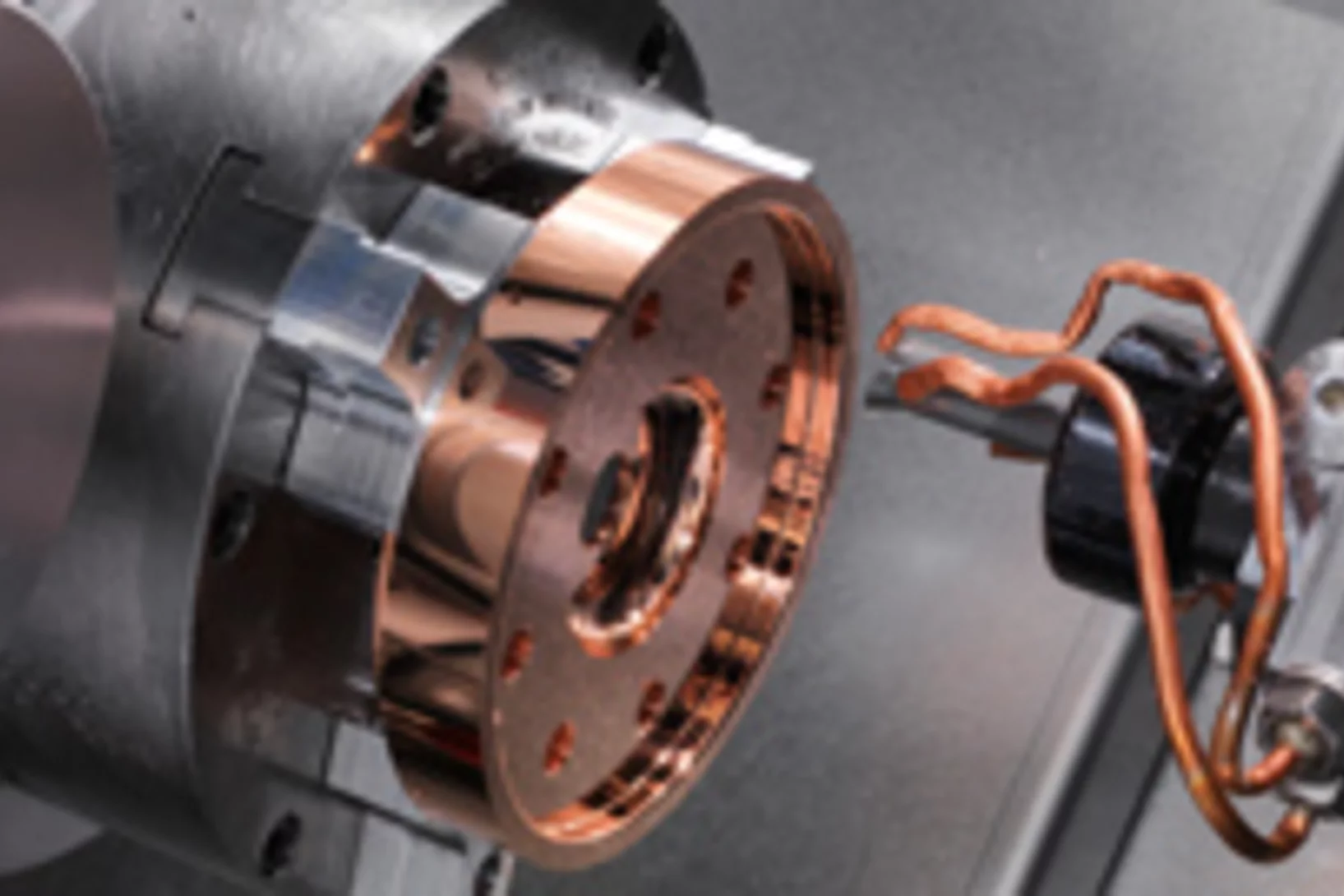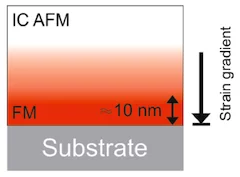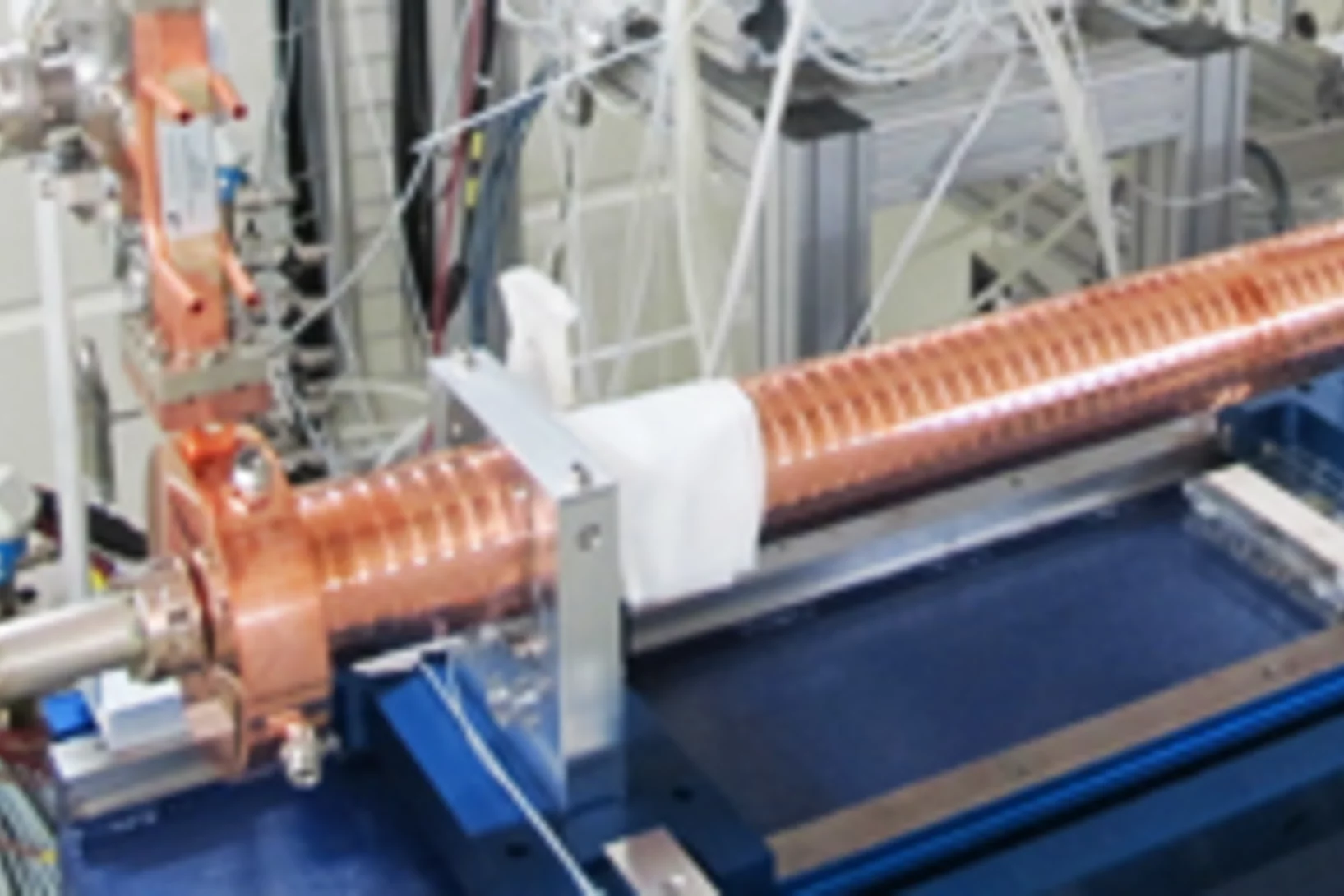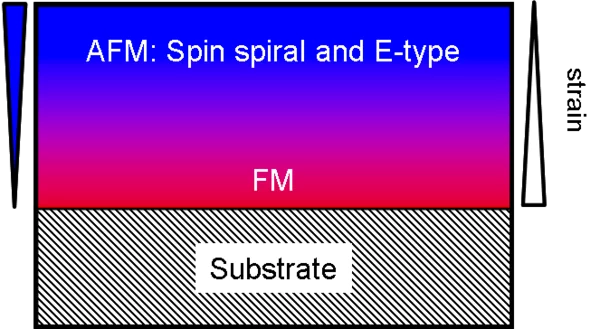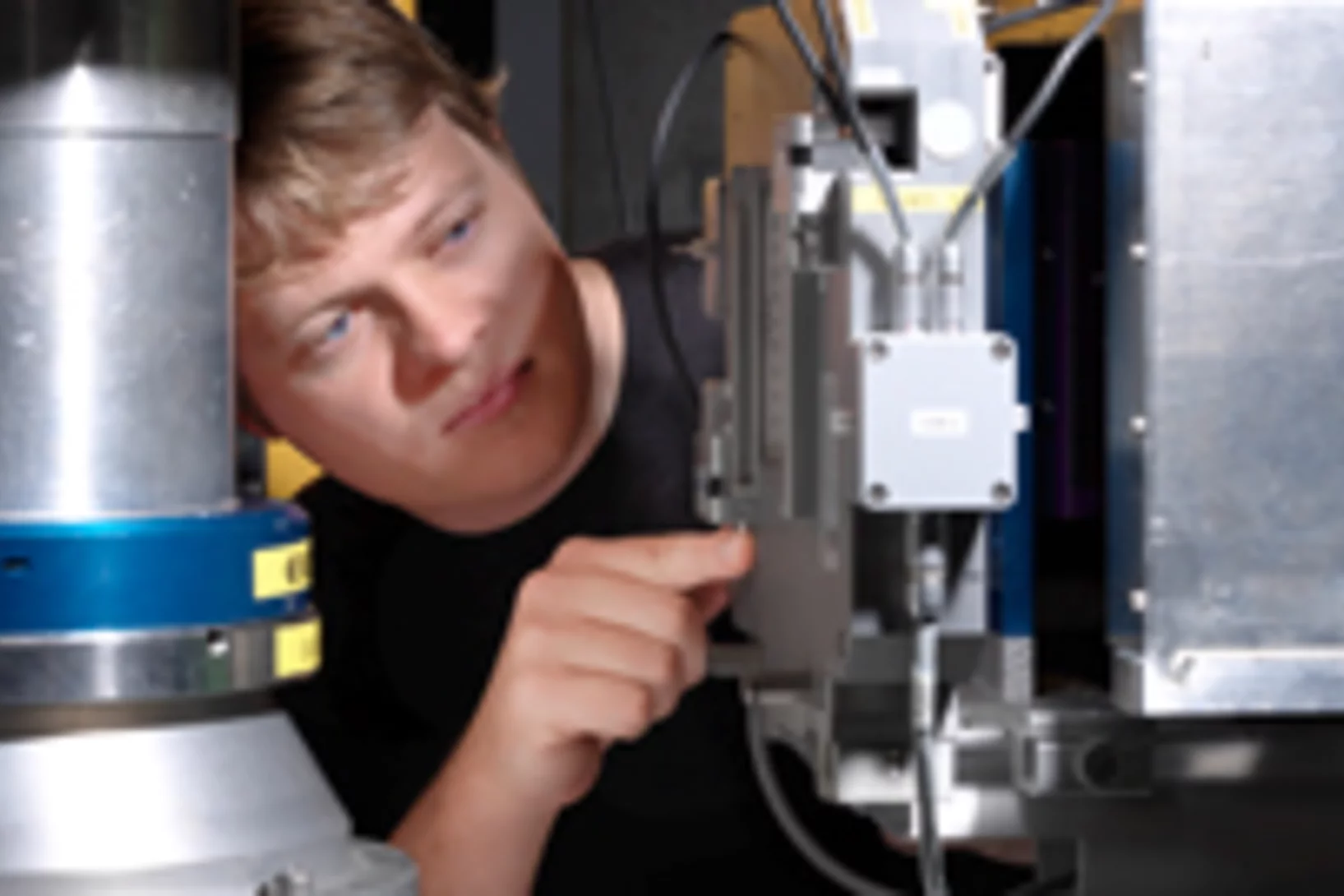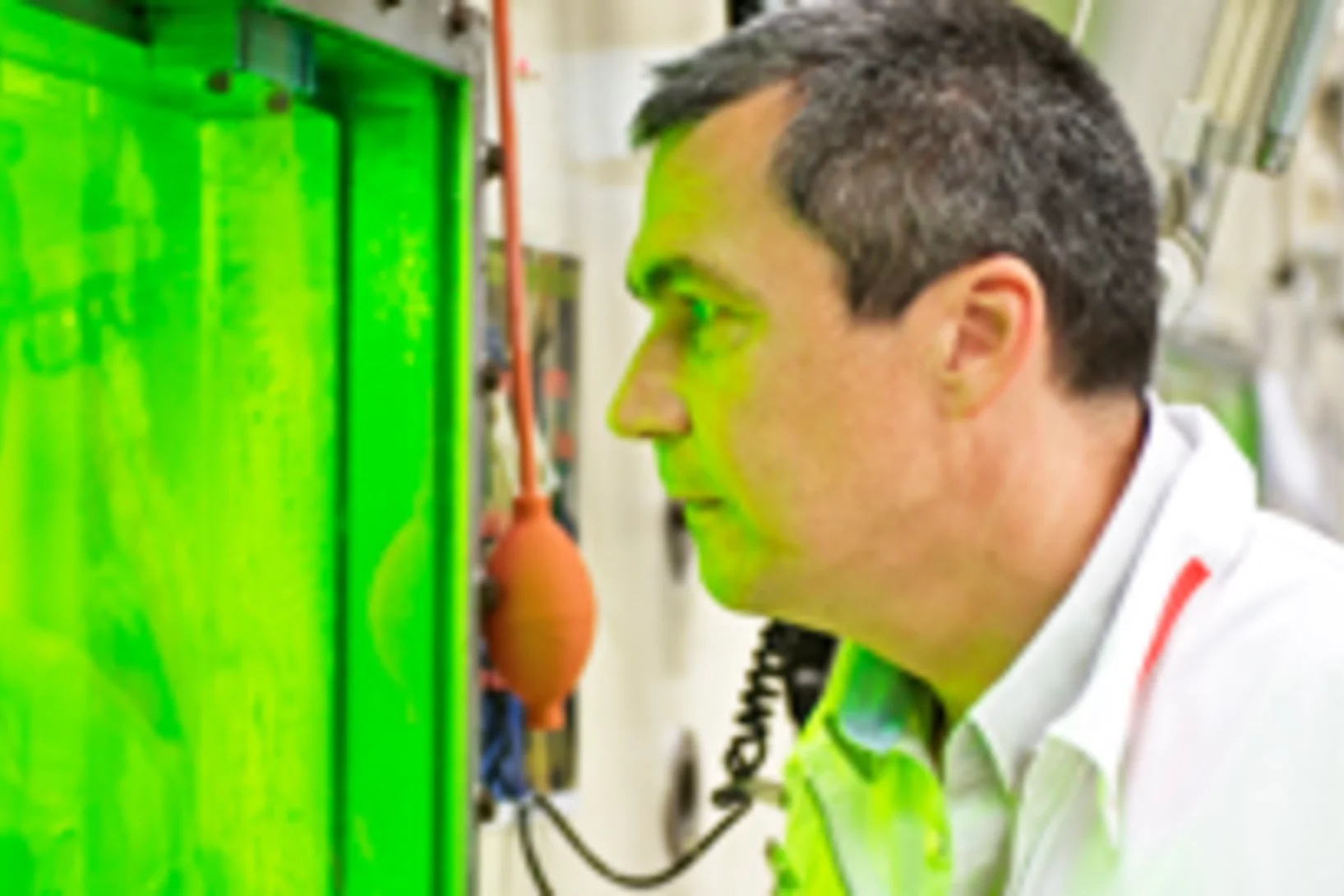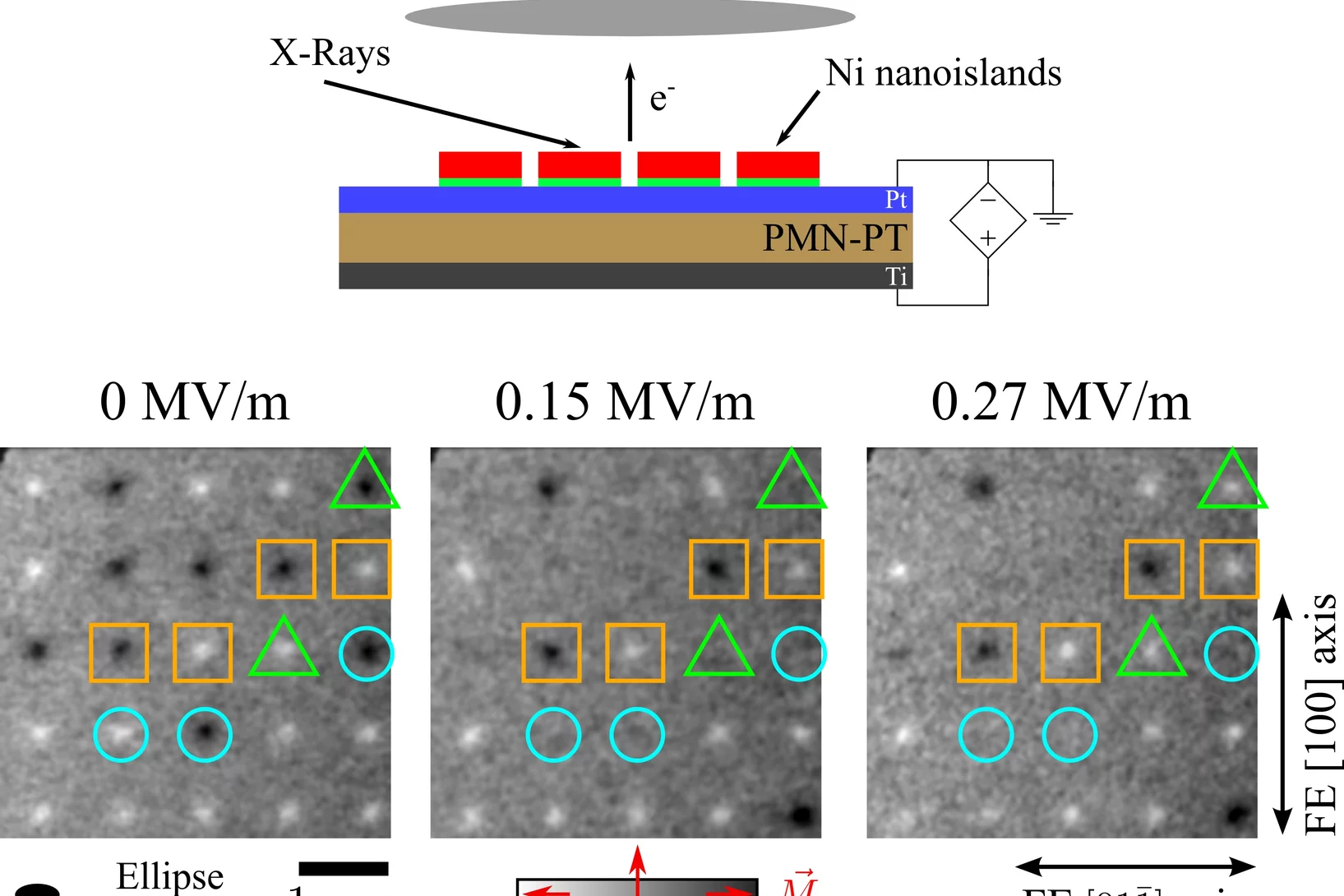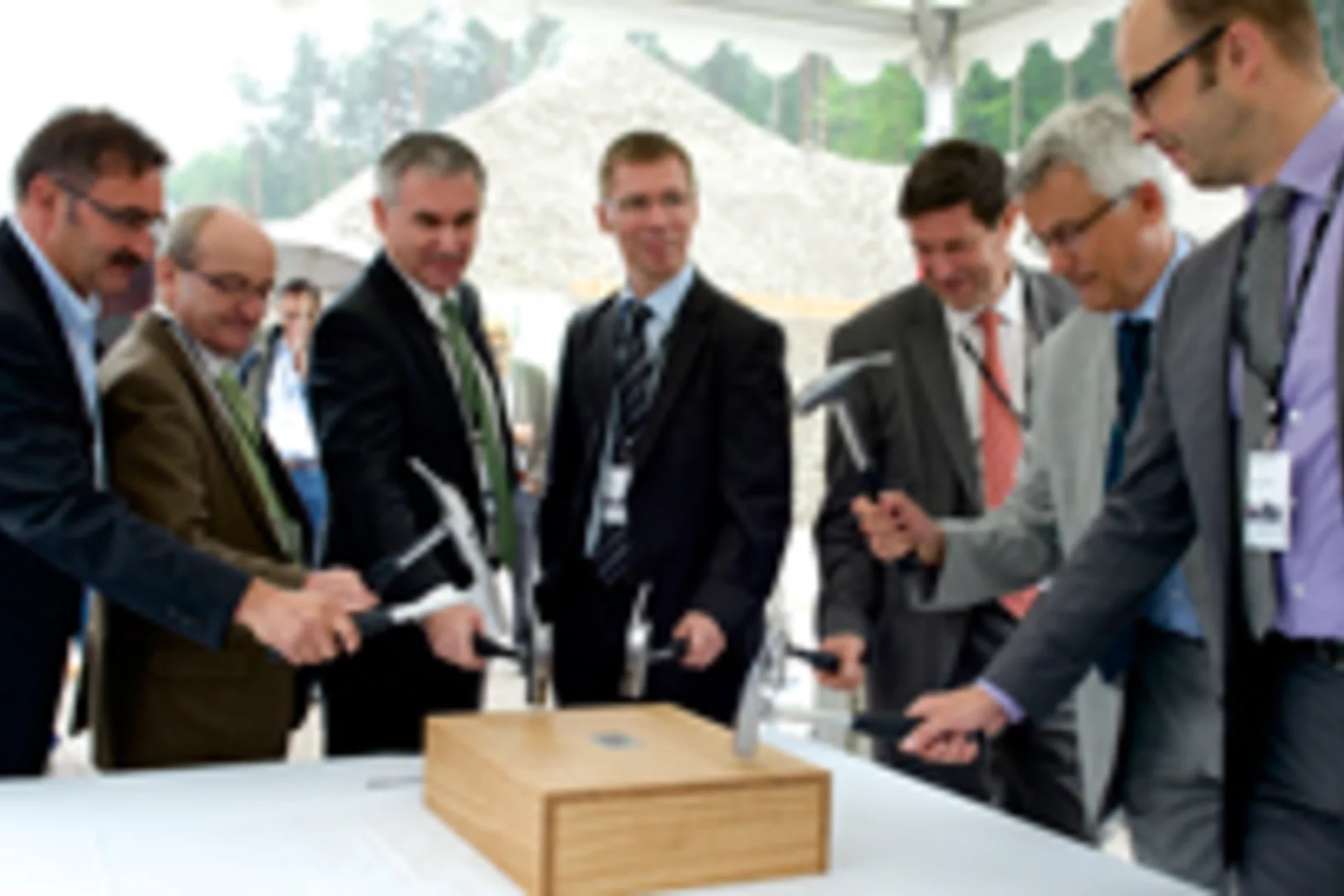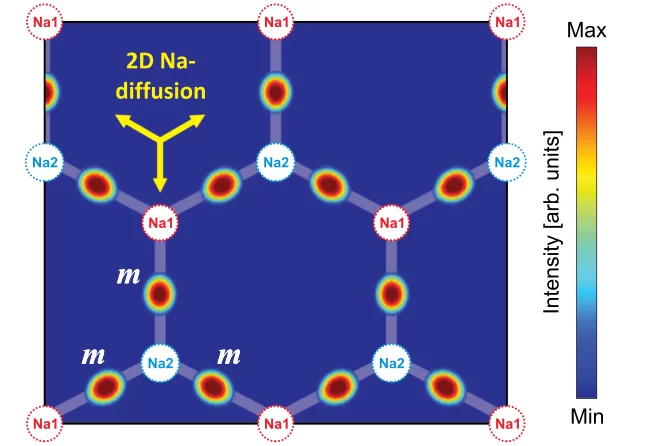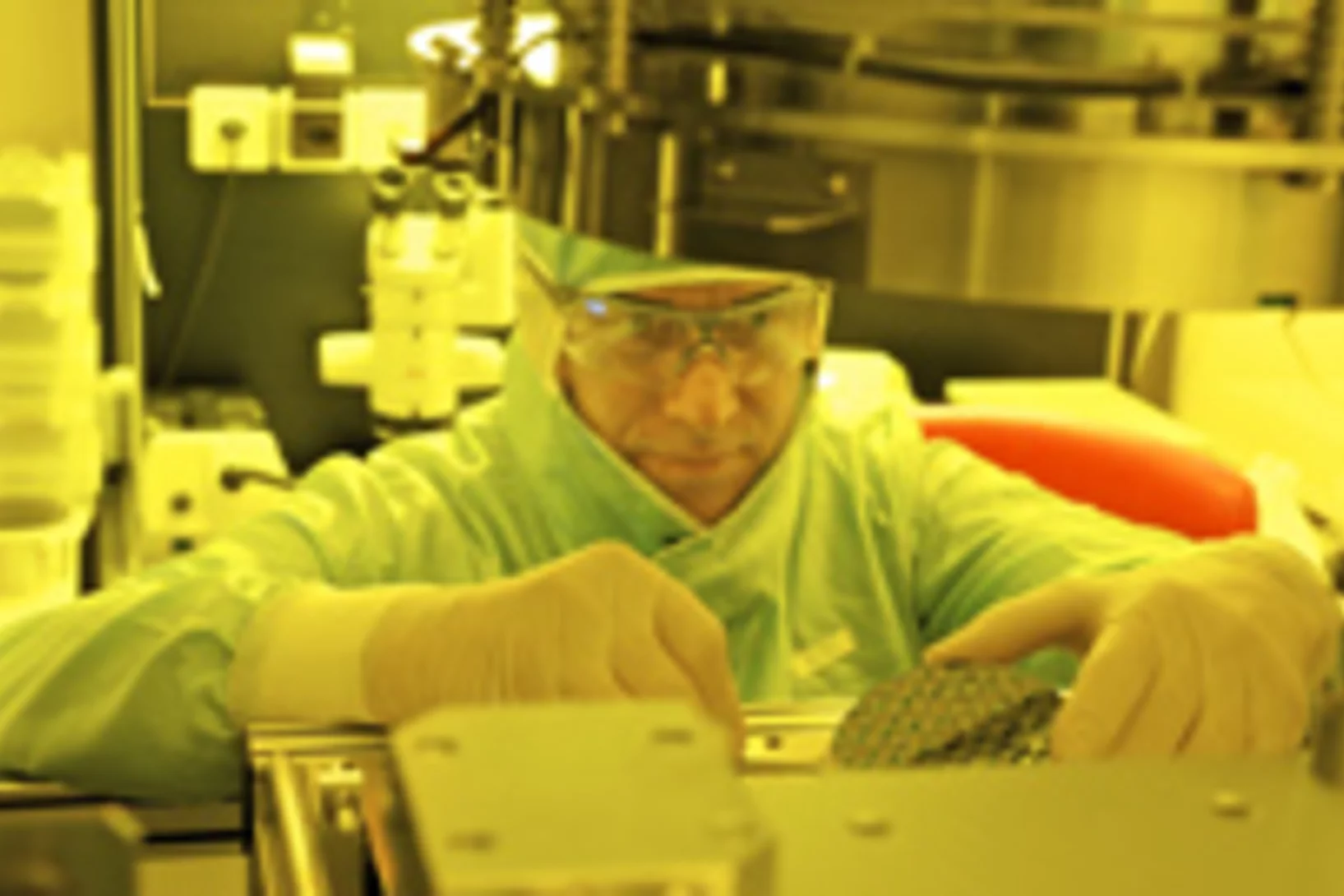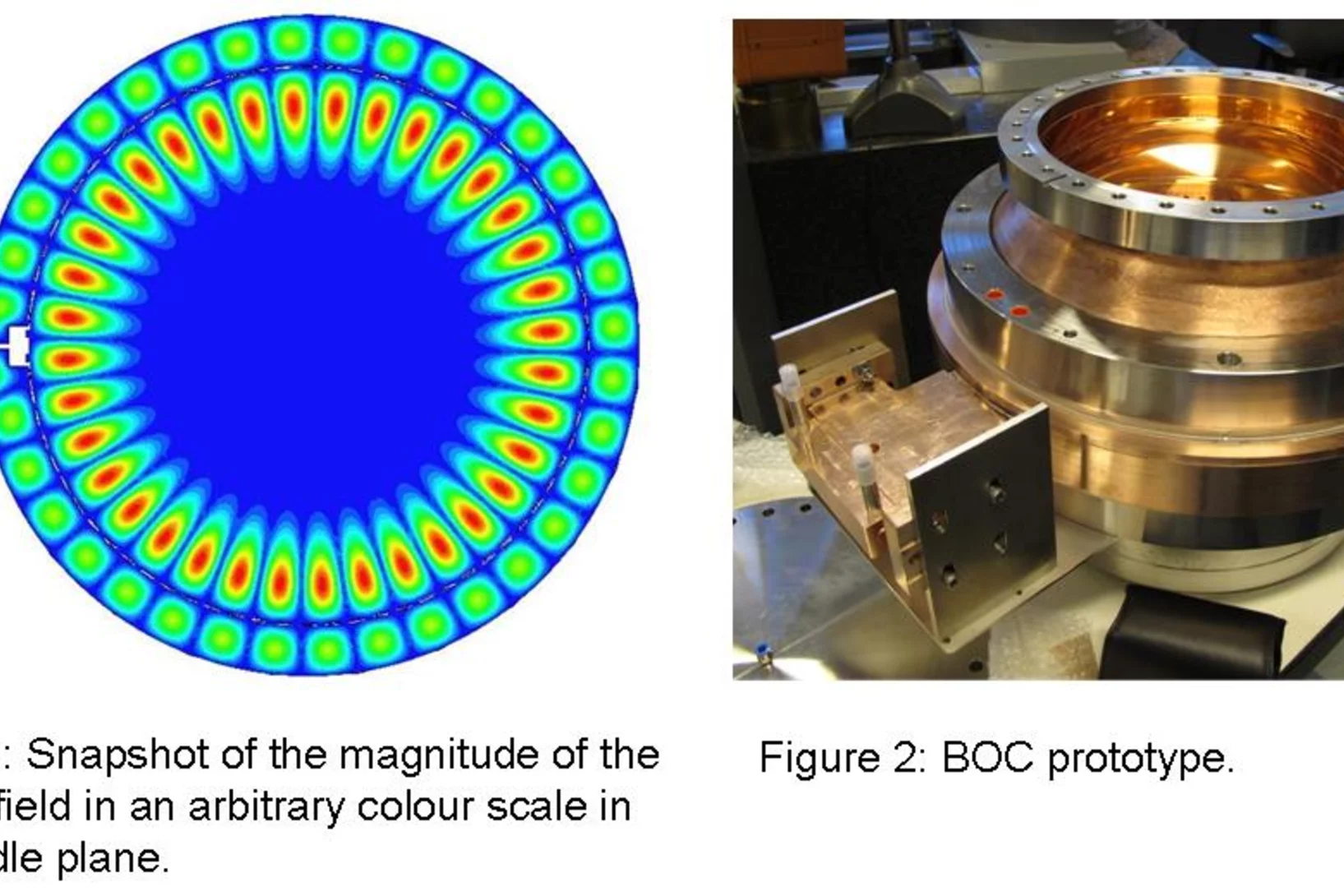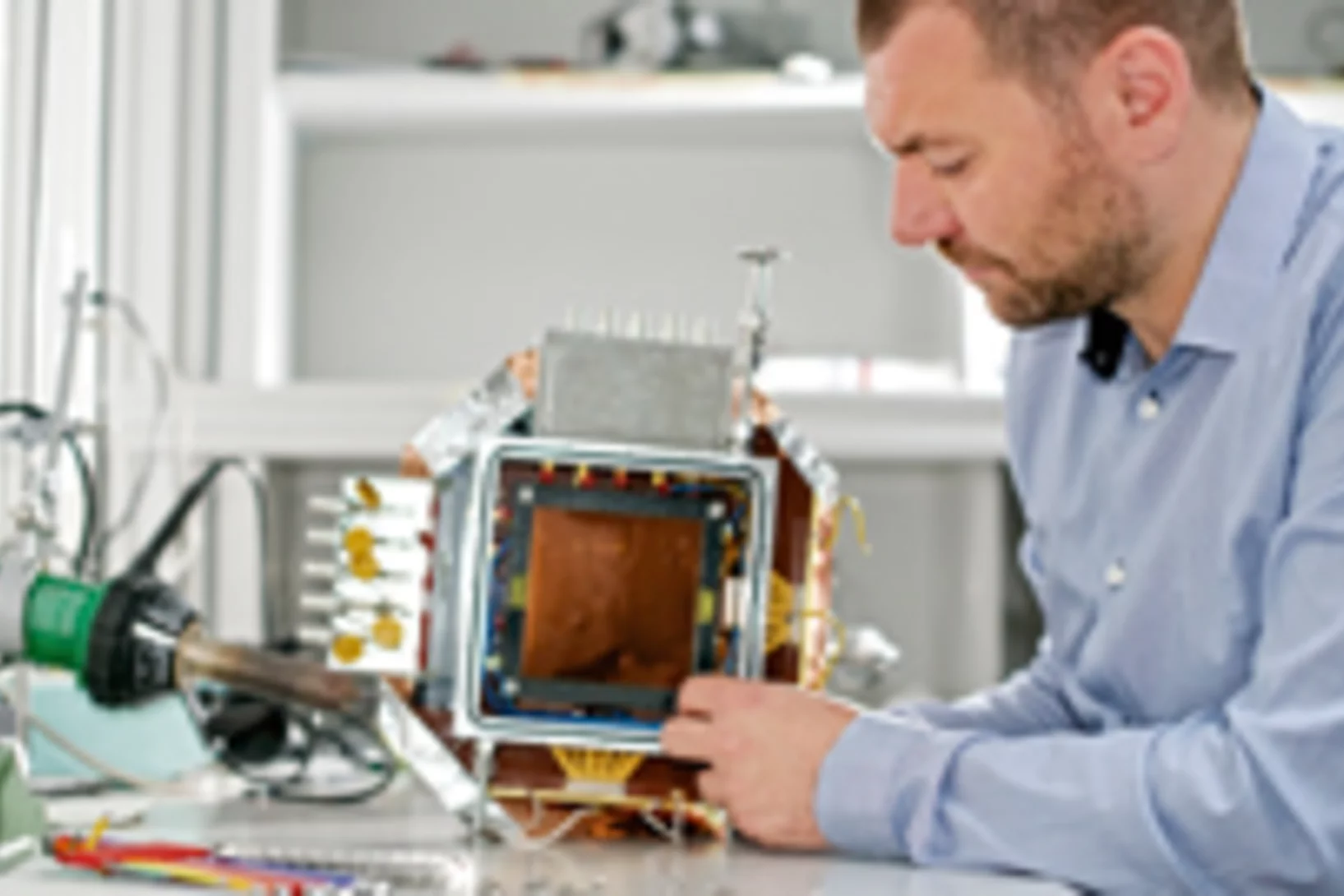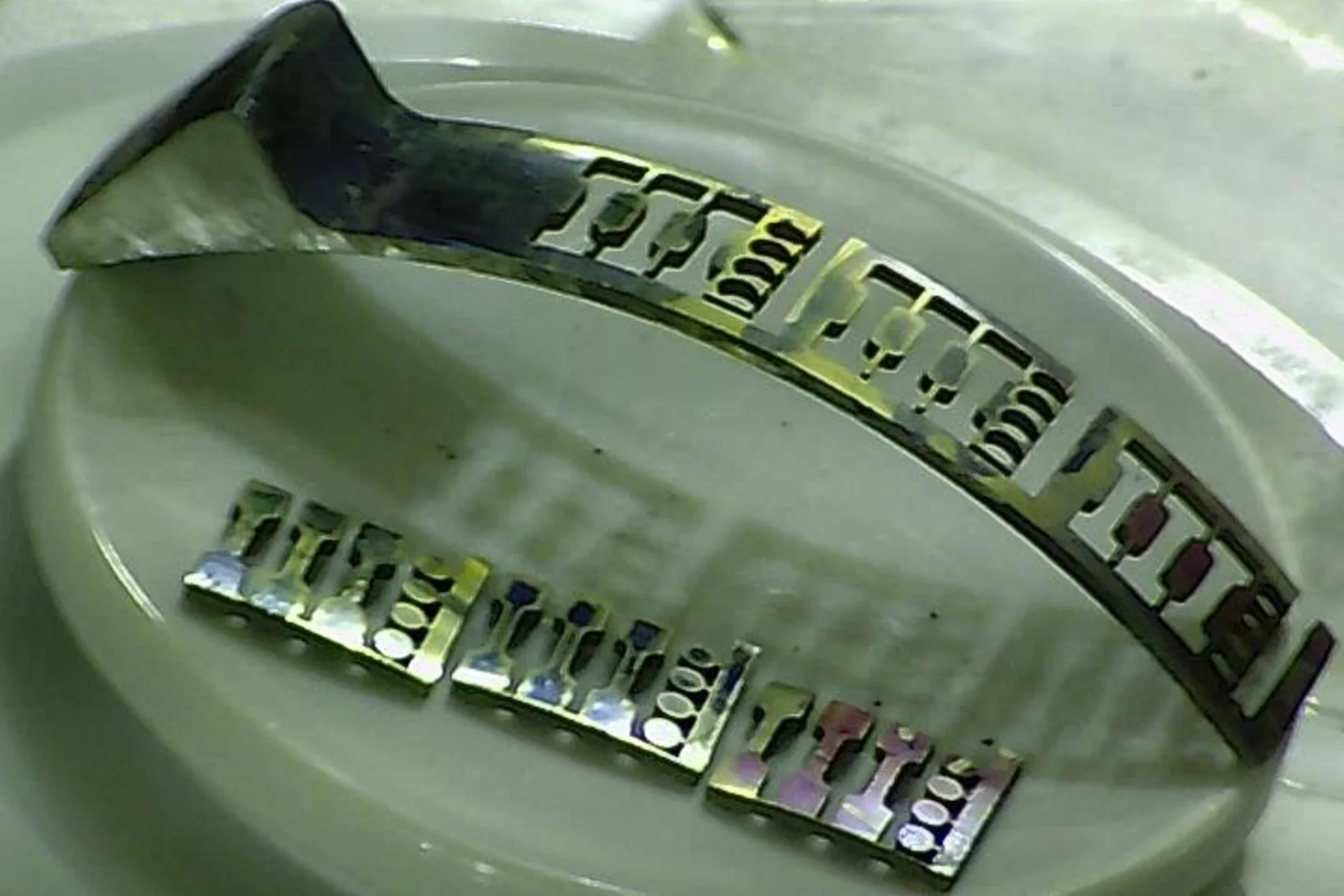Abandon de l’énergie nucléaire, développement de l’énergie solaire et éolienne, production d’énergie à partir de la biomasse, réduction de la consommation d’énergie. D’ici 2050, la Suisse doit atteindre la neutralité climatique. Un objectif ambitieux, rendu plus urgent que jamais par une situation géopolitique de plus en plus difficile. Comment faire pour mettre en place ces prochaines années un approvisionnement énergétique durable et résistant pour la Suisse? Comment les énergies renouvelables peuvent-elles être utilisées de manière optimale? Quelles sont les nouvelles technologies les plus prometteuses? Au PSI, des chercheurs s’efforcent de trouver des réponses à ces questions décisives.
Vers des batteries à base d’ions de sodium
Comprendre la dynamique du sodium au niveau microscopiqueLes batteries lithium-ions sont très, mais l'utilisation du lithium a des inconvénients : c'est un élément coûteux, dont l'extraction a un impact environnemental. Pour construire une batterie sodium-ions, il faut donc comprendre comment les ions de sodium se déplacent dans les matériaux concernés. Des chercheurs de l'Institut Paul Scherrer ont à présent déterminé, pour la première fois, les voies qu'empruntent les ions de sodium dans un matériau susceptible d'être utilisé pour une batterie. Ces connaissances permettent maintenant de réfléchir au moyen de créer de nouveaux matériaux présentant des propriétés nécessaires aux futures batteries, grâce à une légère modification de la structure ou de la composition.
Simulations informatiques : un pilier essentiel de la sécurité des centrales nucléaires
Sans simulations informatiques, l’exploitation de centrales nucléaires serait pratiquement impossible. Qu’il s’agisse d’intégrer de nouveaux composants, ou de mener des tests et des essais visant à assurer la sécurité : presque tout doit être calculé et analysé par ordinateur au préalable. Au Laboratoire de physique des réacteurs et des comportements des systèmes, on développe à cet effet des modèles de calcul et des programmes informatiques. Les chercheurs du PSI officient dans ce cadre en tant que partenaires de recherche indépendants de l’IFSN (Inspection fédérale de sécurité nucléaire), et fournissent ainsi une contribution importante pour assurer la sécurité des centrales nucléaires suisses.
Des billes pour moins de déchets nucléaires
L’idée de produire du combustible nucléaire sous forme de sphères (et non de pastilles, comme c’est l’usage aujourd’hui) remonte aux années 1960. Les avantages suivants en étaient escomptés : une simplification de la fabrication du combustible ainsi qu’une nette réduction de la quantité de déchets radioactifs lors de sa fabrication et de son utilisation en centrale nucléaire. Ce type de combustible n'a toutefois jamais été utilisé parce que les types de réacteurs pour lesquels il avait été envisagé n’ont pas pu s'imposer. Dans le passé, l’Institut Paul Scherrer (PSI) a aussi contribué à la recherche en matière de combustible à particules sphériques. A nouveau, plusieurs projets, en partie financés par l’Union européenne, sont actuellement en cours au PSI. Leur objectif : continuer à améliorer la production des billes de combustible. Cette forme de combustible pourrait être utilisée soit dans des installations spéciales de réduction des quantités de déchets radioactifs, soit dans des réacteurs rapides de quatrième génération, qui, en cycle fermé, produisent eux aussi moins de déchets à vie longue.
Décrypter les techniques de fabrication de l’âge du bronze grâce aux neutrons et à la lumière synchrotron
Des analyses menées au PSI ont permis de déterminer le mode de fabrication d'une hache de l'âge du bronze exceptionnelle. Un résultat rendu possible grâce au procédé de la tomographie neutronique, qui permet de produire une image 3D de l'intérieur d'un objet. Le PSI collabore avec succès depuis une décennie avec différents musées et institutions archéologiques, en Suisse et à l'étranger. Signe tangible de cette coopération bien établie : le PSI accueille pendant toute une journée le 18e Congrès international des bronzes antiques, organisé du 3 au 7 septembre 2013 à l'Université de Zurich.
Reconstitution de l’accident nucléaire de Fukushima
Des chercheurs de l’Institut Paul Scherrer (PSI) participent à un projet international, dont l’objectif est de reconstruire les différents évènements qui se sont produits à l’intérieur du réacteur de la centrale nucléaire de Fukushima Daiichi, lors de l’accident nucléaire de mars 2011. La reconstitution de l’état final des curs des réacteurs devrait aider l’exploitant de la centrale TEPCO (Tokyo Electricity Company) à préparer les travaux de décontamination dans l’enveloppe protectrice du réacteur. L’exercice pourrait par ailleurs servir à affiner les programmes informatiques de simulation des accidents nucléaires.
Le Canton et l’Institut Paul Scherrer présentent PARK innovAARE
Le Canton d’Argovie et l’Institut Paul Scherrer (PSI) présentent le concept PARK innovAARE, pour un site régional du parc suisse d’innovation. La proximité immédiate du PSI, avec ses grands instruments de recherche, fait de la basse vallée de l’Aar un lieu idéal, où recherche de pointe et innovation entrepreneuriale se stimulent.
SwissFEL – la machine: Le circuit- onduleur – là ou la lumière est générée
Le rayonnement X du SwissFEL est émis lorsque les électrons accélérés dans l’accélérateur linéaire sont dirigés de force dans une trajectoire sinusoidale. La trajectoire des électrons est assurée dans l’onduleur par l’action des rangées d’aimants. La longueur du circuit- onduleur sera de 60 mètres.
Contrôle de la magnétisation à la picoseconde près
Un laser térahertz, développé à l’Institut Paul Scherrer, permet de contrôler de manière ciblée la magnétisation d’un matériau en un laps de temps de l’ordre de la picoseconde. Dans le cadre de leur expérience, les chercheurs ont soumis un matériau magnétisé à des impulsions lumineuses extrêmement courtes émises par le laser. Le champ magnétique de l’impulsion lumineuse a pu écarter les moments magnétiques de leur position de repos pour leur faire suivre le tracé exact du champ magnétique du laser avec un infime décalage. Le laser térahertz utilisé dans cette expérience est l’un des plus puissants au monde.
Cinq fois moins de platine : grâce à un nouveau catalyseur aérogel, les piles à combustible pourraient devenir économiquement attrayantes
Les piles à combustible produisent de l’électricité à partir d’hydrogène et n’émettent que de l’eau, elles sont une alternative écologique pour la mobilité individuelle du futur. Depuis plus de 10 années, l’Institut Paul Scherrer (PSI) étudie et développe des piles à combustibles basse température à membrane polymère. Les premiers tests pratiques ont montré que ces piles à combustible peuvent être utilisées avec succès pour des voitures et des bus. Mais d’autres recherches restent nécessaires pour améliorer la longévité de cette technologie et la rendre économiquement viable. Une équipe internationale de chercheurs, à laquelle participe le PSI, a fabriqué un nanomatériau potentiellement capable d’améliorer la performance et la durabilité de ces piles à combustible à tout en réduisant les coûts.
SwissFEL - la machine: L’accélérateur linéaire
Dans l’accélérateur linéaire, le faisceau d’électrons acquiert l’énergie cinétique nécessaire, afin de produire les rayons X. La longueur de l’accélérateur linéaire- est de plus de 300 mètres à il est constitué de 11752 disques de cuivre de forme bien spécifique, dans lesquels est produit le champ d’accélération.
Bauchspeicheldrüse: Neues Verfahren erkennt Tumore besser
Besser als CT und MRT: Forschende des Inselspitals Bern, des Universitätsspitals Basel und des Paul Scherrer Instituts haben eine neue Methode zur Erkennung kleiner Tumore in der Bauchspeicheldrüse entwickelt.Cette actualité n'existe qu'en anglais et allemand.
Le SwissFEL- la machine: La source d'électrons
Le faisceau d’électrons de SwissFEL est généré dans la source d’électrons. Chaque composant fait l’objet d’exigences très sévères. Afin qu’une opération optimale du SwissFEL soit assurée, le faisceau électronique doit être de la meilleure qualité possible dès le départ.
Strain-Induced Ferromagnetism in Antiferromagnetic LuMnO3 Thin Films
Interfaces of transition metal oxides are a fertile ground for new physics, often showing novel electronic and magnetic properties that do not exist in the bulk form of the material. A relatively little-explored direction in this field concerns the interfacial properties of multifunctional materials such as the magnetoelectric multiferroics.
Diffusion des radionucléides: les enseignements pour un dépôt en couches géologiques profondes
Comment les substances radioactives évoluent-elles dans la roche d’accueil d’un dépôt en couches géologiques profondes pour déchets nucléaires ? A l’Institut Paul Scherrer (PSI), des chercheurs du groupe de recherche Processus de diffusion se penchent sur cette question au Laboratoire Sûreté des dépôts de déchets radioactifs. On connaît bien les propriétés de transport des radionucléides chargés négativement : ils sont repoussés par les surfaces des minéraux argileux, chargées négativement elles aussi, et n’adhèrent donc pour ainsi pas à la roche. Un projet de l’Union européenne est en train de mettre en évidence des éléments de connaissance concernant les radionucléides chargés positivement, qui eux, adhèrent fortement à la roche. Le PSI y participe.
La première structure accélératrice du SwissFEL est achevée
La première structure accélératrice, destinée à l’accélérateur linéaire du SwissFEL, a été achevée au PSI. En tout, 104 structures comme celle-ci seront nécessaires pour que les électrons, qui génèreront des impulsions de rayon X, puissent être accélérés dans SwissFEL et atteindre l’énergie nécessaire. Ce composant résulte d’un usinage de haute précision et subit actuellement des tests d’alimentation sous haute puissance électrique.
Strain-Induced Ferromagnetism in Antiferromagnetic LuMnO3 Thin Films
Single phase and strained LuMnO3 thin films are discovered to display coexisting ferromagnetic and antiferromagnetic orders. A large moment ferromagnetism (≈1μB), which is absent in bulk samples, is shown to display a magnetic moment distribution that is peaked at the highly strained substrate-film interface. We further show that the strain-induced ferromagnetism and the antiferromagnetic order are coupled via an exchange field, therefore demonstrating strained rare-earth manganite thin films as promising candidate systems for new multifunctional devices.
Simultanément ferromagnétique et antiferromagnétique
Des chercheurs de l’Institut Paul Scherrer (PSI) ont fabriqué dans un matériau, le LuMnO3 de fines couches cristallines, à la fois ferromagnétiques et antiferromagnétiques. A la limite immédiate de l’interface vers le cristal de support, la couche de LuMnO3 est ferromagnétique ; mais plus on s’en éloigne, plus l’ordre antiferromagnétique (normalement caractéristique de ce matériau) augmente, et plus le ferromagnétisme faiblit. La possibilité de produire deux ordres magnétiques au sein du même matériau pourrait avoir des retombées importantes pour la technologie.
Les connaissances pour demain en provenance des « cellules chaudes »
Des mesures de sécurité strictes encadrent la manipulation et l’analyse d’objets irradiés, et donc radioactifs, provenant de centrales nucléaires ou de laboratoires de recherche. Ces tests ne peuvent être conduits que dans des enceintes baptisées « cellules chaudes », dont les parois de béton et de plomb de plusieurs mètres d’épaisseur. Dans les cellules chaudes du Laboratoire chaud du PSI, des barreaux de combustibles usés provenant des centrales nucléaires suisses sont régulièrement soumis à une analyse scientifique des matériaux. Les connaissances obtenues dans le cadre de ces analyses permettent aux exploitants d’optimiser l’efficacité et la sécurité de leurs centrales. A côté de ces prestations de service destinées aux centrales nucléaires, le Laboratoire chaud est également impliqué dans des projets de recherche internationaux.
Single Domain Spin Manipulation by Electric Fields in Strain Coupled Artificial Multiferroic Nanostructures
Encoding information by the application of an electric field has a key role in the development of novel memory devices that can operate at high speed while keeping low energy consumption. In magnetoelectric multiferroics, magnetic and ferroelectric ordering coexist and are coupled together so that it is possible to manipulate the material's magnetic structure by applying an electric field with a negligible current flow.
Weltmeister aus dem PSI
Silvan Melchior, Elektronik-Lernender vom PSI, hat bei der Weltmeisterschaft der Berufslernenden in Leipzig die Goldmedaille in seinem Fachgebiet gewonnen. Insgesamt sind in dem Fach 16 Lernende aus 16 Ländern angetreten. Insgesamt hat das Schweizer Team mit neun Gold-, drei Silber-, fünf Bronzemedaillen sowie 18 Diplomen den zweiten Gesamtplatz hinter Korea belegt.Cette actualité n'existe qu'en allemand.
La première pierre du grand instrument de recherche SwissFEL a été posée
Le 3 juillet 2013, le PSI a solennellement posé la première pierre de son grand instrument de recherche SwissFEL, marquant ainsi la continuation de 25 ans de succès dans la recherche au PSI.
1D to 2D Na+ Ion Diffusion Inherently Linked to Structural Transitions in Na0.7CoO2
We report the observation of a stepwise "melting" of the low-temperature Na-vacancy order in the layered transition-metal oxide Na0.7CoO2. High-resolution neutron powder diffraction analysis indicates the existence of two first-order structural transitions, one at T1 ≈ 290 K followed by a second at T2 ≈ 400 K. Detailed analysis strongly suggests that both transitions are linked to changes in the Na mobility.
L’endroit le plus propre de l’Institut Paul Scherrer
Les salles blanches de l’Institut Paul Scherrer (PSI) abritent des processus hypersensibles. Un seul grain de poussière au mauvais endroit pourrait avoir des conséquences fatales. Plongée dans les coulisses de ces espaces où, propreté oblige, même les crayons sont interdits.
Pas une gouttelette de trop
Dans de nombreux processus techniques, la mise à disposition d’un mélange gaz-vapeur joue un rôle décisif. On réduit par exemple les émissions d’oxydes d’azote, en saturant fortement en humidité le mélange gazeux issu de la combustion du diesel. L’invention d’un chercheur de l’Institut Paul Scherrer (PSI) va permettre, à l’avenir, de réaliser de manière industrielle cette mise à dispotion d’un mélange gaz-vapeur, grâce à une technique simple, flexible et robuste.
PSI inside
« La découverte du boson de Higgs » a été relayée dans tous les médias début juillet 2012. Aux yeux de Roland Horisberger, physicien des particules au PSI, cette annonce était prématurée : « Il faudra certainement compter encore cinq ans avant que l’on puisse affirmer avec certitude que le boson de Higgs a bel et bien été découvert, souligne-t-il. Quelle que soit l’issue de cette quête à qu’il s’agisse du boson de Higgs, ou d’une particule « semblable au boson de Higgs », telle qu’elle est décrite dans certaines théories à les résultats pourront être estampillés en grandes lettres « PSI inside ».
Dosing Differential Electrochemical Mass Spectrometry (D-DEMS) for Li-O2 Batteries
The high-energy rechargeable Li-O2 battery has been subject to intensive research worldwide during the past years. The Li-O2 cell mainly comprises a negative (e.g. Li metal) and positive (e.g. porous carbon) electrode separated by an electronically insulating, but Li+ conducting electrolyte layer. In order to study the cell chemistry, a differential electrochemical mass spectrometry setup based on a set of valves, a pressure sensor and a quadrupole mass spectrometer has been developed.
RF Pulse compressor for the SwissFEL
The SwissFEL C-band (5.712 GHz) linac consists of 26 RF modules. Each module is composed of a single 50 MW klystron feeding a pulse compressor and four two meter long accelerating structures. The pulse compressor is a passive device that compresses in time the 3 μs pulse from klystron into a 330 ns pulse. The compressed power is then guided to the four accelerating structures. The pulse compressor is based on a single Barrel Open Cavity (BOC). The BOC makes use of a “whispering gallery” mode which has an intrinsically high quality factor and operates in resonant rotating wave regime (Figure 1); moreover, and contrary to the conventional SLED scheme, a single cavity is sufficient to define the pulse compressor, without the need for two cavities. A prototype has been manufactured by the Dutch company VDL (Figure 2) and successfully power tested in PSI reaching a peak power of 300 MW.
Des neutrons rapides pour plus de sécurité
Les neutrons sont un instrument remarquable pour reproduire visuellement l’intérieur des objets sans les détruire. Ils représentent un complément à la radiographie aux rayons X, à laquelle on recourt le plus souvent.Toutefois, la radiographie neutronique reste cantonnée, la plupart du temps, aux laboratoires ou à certains sites de recherche fixes, car la production de neutrons nécessite des machines complexes, coûteuses et intransportables.Des chercheurs de l’Institut Paul Scherrer (PSI) cherchent à corriger la donne, avec une technique d’imagerie plus flexible basée sur des neutrons rapides.
ecoinvent – La base de données leader mondial des analyses de cycle de vie lance sa version 3.0
La base des données des inventaires environnementaux, ecoinvent, constitue le fondement des projets d’analyses de cycle de vie, décoconception ou des informations environnementales sur les produits. Depuis 2003, les entreprises, les politiques et les consommateurs ont, grâce à ecoinvent, la possibilité de fournir des produits davantage en harmonie avec l’environnement, de mettre en uvre de nouvelles politiques ou d’adopter une attitude de consommation plus écologique. La nouvelle version 3.0 représente un jalon supplémentaire de l’analyse du cycle de vie: de nouvelles données mises à jour, notamment dans les domaines de la production chimique, des denrées alimentaires et des légumes, ainsi que dans celui de l’électricité offrent plus de possibilités d’application aux utilisateurs decoinvent.
MEGAPIE samples delivered to partners for post irradiation investigation
The MEGAWatt Pilot Experiment was operated for neutron generation with the PSI high intensity proton beam in 2006. The experiment utilized liquid target material, a lead bismuth eutectic. This marked a major milestone towards Accelerator Driven Systems (ADS), which are intended to be used for the incineration of nuclear waste.

